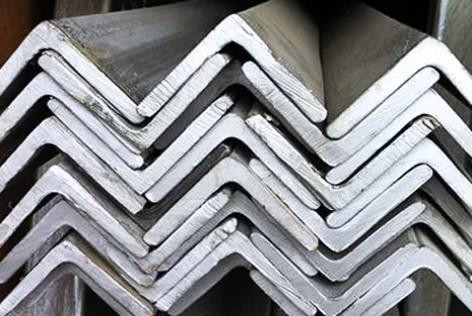The Cornerstone of Construction: Exploring the Utility of Angle Bars
Introduction
In the world of construction, the devil is in the details, and one such crucial detail that often goes unnoticed but plays a pivotal role is the humble angle bar. These unassuming L-shaped metal bars have found their way into countless building projects, providing structural integrity, stability, and versatility. In this article, we'll take a closer look at angle bars, their various applications, and why they are a cornerstone of modern construction.
Understanding Angle Bars
Angle bars, also known as angle iron or L-shaped bars, are typically made from various materials, including steel, aluminum, and even plastics. They are characterized by their L-shaped cross-section, with two legs meeting at a right angle. Angle bars come in a variety of sizes, thicknesses, and lengths to suit diverse construction needs.
Applications of Angle Bars
The versatility of angle bars makes them indispensable in numerous construction and fabrication applications:
-
Structural Support: Angle bars are commonly used as load-bearing members in building frames, providing strength and stability to structures.
-
Bracing and Reinforcement: They serve as excellent bracing elements in various structures, reinforcing connections and preventing deformation under load.
-
Frame Construction: Angle bars are integral components in constructing frames for doors, windows, and metal cabinets.
-
Machinery and Equipment: In industrial settings, angle bars are utilized to create sturdy equipment frames and supports for machinery.
-
Shelving and Racking: Angle bars are a favorite choice for creating storage shelves and racks, especially in warehouses and retail spaces.
-
Construction of Towers: They are used in the construction of transmission towers, communication towers, and wind turbine towers due to their ability to withstand high loads.
-
Architectural Details: Angle bars often find their way into architectural designs, adding both structural and aesthetic value to buildings, balconies, and railings.
Advantages of Angle Bars
Angle bars are preferred in construction for several reasons:
-
Strength and Durability: They provide excellent load-bearing capacity and resistance to deformation, ensuring the longevity of structures.
-
Ease of Installation: Angle bars are easy to cut, shape, and weld, making them convenient for on-site construction and customization.
-
Cost-Effective: They are a cost-effective choice compared to some other structural materials, making them suitable for both small and large-scale projects.
-
Versatility: Angle bars can be used in a wide range of applications, making them highly adaptable to various construction needs.
-
Corrosion Resistance: When made from corrosion-resistant materials like stainless steel or aluminum, angle bars can be used in outdoor and marine environments.
Conclusion
In the realm of construction, it's often the small details that make a big difference. Angle bars, with their unassuming L-shaped profiles, exemplify this principle. Their strength, versatility, and ease of use make them an indispensable component in modern construction projects, from towering skyscrapers to sturdy industrial equipment. As construction techniques evolve, the timeless utility of angle bars remains a constant, ensuring that these unassuming metal bars continue to play a pivotal role in shaping the world around us.
For More Info:-

Comments
Post a Comment